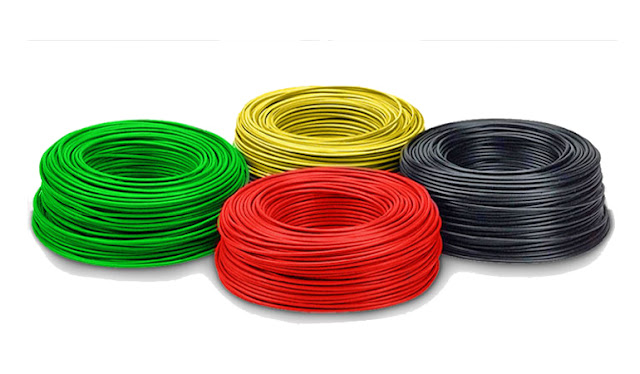A dreary and protracted task for those in the electrical field is power dissemination. It includes various strides in ensuring that the end clients have the necessary voltage ranges for them to utilize it in their various machines depending on the situation. HT PVC Cables In India are utilized for high voltage dissemination to clients from power age lattice.
How is HT PVC Cable developed?
A HT PVC Cables In Delhi includes insulating and conductive materials utilized in protecting it from the installation climate. It doesn't require insulating material when contrasted with overhead lines. Due to its development, it is utilized distinctively for DC and AC power transmission. On occasion, in high voltage transmission, spillage of flow makes a skin impact along these lines, there should be preventive procedures set up to control the pressure of the great voltage and settle the dielectric weight on its insulation.
High Voltage(HV) AC Power Cable
HV power cables help in transmitting voltages over 1000 volts. These cables regularly have multiple centers and the conductors within them have the ability of transmitting 2000 amperes. The strands are reshaped to give space for a smoother perimeter. Beside this, the cable has various layers to turn away air-filled depressions between the insulation and conductor while the external layers help the elimination of any current spillage. people also searching for Medium Voltage Cable Manufacturers India.
High Voltage (HV) DC Power Cable
This DV power cable likewise has a similar development as the AC cable from top HT PVC Cable Manufacturers In India. The thing that matters is in its material science and testing behind the transmission of the simple and advanced sign is unique. The softness of the semiconducting layers has most extreme significance.
Conductive Material in a HT PVC Cable Suppliers In India
• Copper: Copper has been being used since the 1820s for power age, appropriation and transmission purposes. Copper conductivity is simply second to silver, yet the former is all the more widely utilized because of financial reasonability and simplicity of obtaining. For normal LV and MV use, a profoundly refined electrolytic intense pitch (copper with a little level of oxygen) is utilized.
• Aluminum: Aluminum is a third the weight, and 61% the conductivity of copper. Aluminum was generally utilized in the 60s and late 70s when copper was scant. In any case, the galvanic response among aluminum and different cables, particularly copper and metal within the sight of dampness is profoundly unfavorable. The consumption prompts regular disengagements, shortcircuits, and exorbitant fixes. One of the most noticeably awful weaknesses of the galvanic impact is a high opposition at the point. This prompts overheating and fires. Truth be told, most governments delivered reports for the suspension of utilization for private purposes because of the great recurrence of fires.
• Silver: Silver has a preferred conductivity over copper because of lower resistivity (1.06 occasions that of copper). Nonetheless, the significant expense and low rigidity make it unviable for enormous tasks. Boss applications include providing skin conductivity as a coat for copper cables for reducing the skin impact present at high-recurrence flows and joint plating.





No comments:
Post a Comment